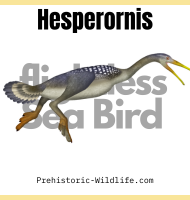Hesperornis
Hesperornis: Fossil Map Discover 65+ Fossil Record of Hesperornis with our interactive fossil map and timeline chart. The fossil map pinpoints discovery sites worldwide, click each marker to see fossil ages and detailed references. In Depth Hesperornis was a remarkable bird of the Late Cretaceous seas, living about 83.6–72 million years ago. Unlike modern seabirds, … Read more

